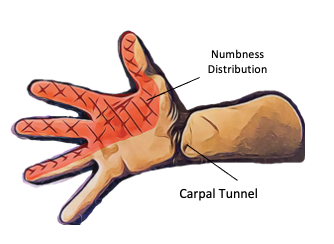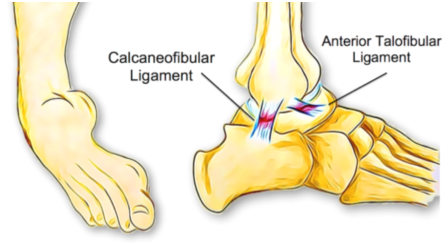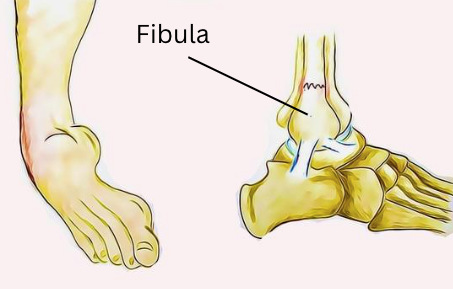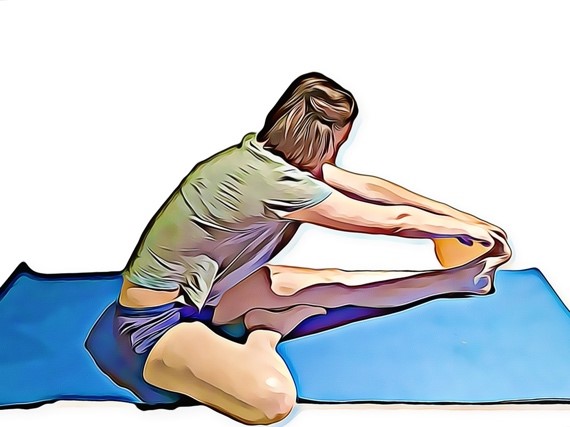
by seb abbas | Dec 16, 2023 | Articles, Injury, Lifestyle, Pain management, Physiotherapy, Wellness
Golfer’s elbow is tendinous overload injury of the tendon on the inside of the elbow, usually due to overuse. As its name implies, it is a condition common in golfers. However, as with all sporting injuries, this condition can affect anyone. Golfer’s elbow is similar...

by seb abbas | Dec 9, 2023 | Articles, Injury, Lifestyle, Pain management, Physiotherapy, Wellness
What is Carpal Tunnel Syndrome? The carpal tunnel is a small space base of the hand. This tunnel is covered by a thick ligament and creates a small tunnel where various nerves, arteries and tendons pass through from the forearm into the hand. If anything causes this...

by seb abbas | Nov 18, 2023 | Articles, Injury, Pain management, Physiotherapy
Chronic ankle instability, as the name implies, is a chronic condition of instability affecting the ankle and it’s surrounding structures. It usually develops after a severe ankle sprain. However, some people are born with less stable ankles; these individuals are...

by seb abbas | Jun 10, 2023 | Articles, Healing, Injury, Lifestyle, News, Pain management, Physiotherapy, Rehab, Wellness
If you’ve been unlucky enough to suffer from chronic or ongoing back pain, chances are that at some stage, you’ve had other investigations to capture what is happening inside your spine. Magnetic resonance imaging (MRI) is an incredible technology that can...

by seb abbas | Jun 10, 2023 | Articles, Injury, News, Pain management, Physiotherapy, Rehab, Wellness
What are they? The lower part of the leg, from the knee down to the ankle, consists of two long bones that sit side by side: the thicker Tibia and the thinner Fibula. The bones are joined together by thick fibrous connective tissue called a “syndesmosis”...

by seb abbas | May 13, 2023 | Articles, Injury, Lifestyle, Physiotherapy, Wellness
How do you stretch properly? While there are many benefits to be gained from effective stretching, employing an improper technique can actually result in injury. Here are some tips and guidelines for you to follow when stretching: ·Warm up first with an activity such...







